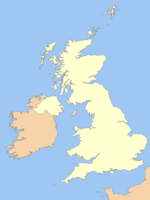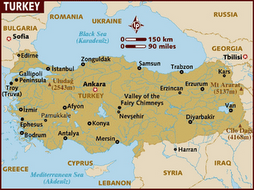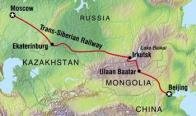
From Cusco I headed to Puno on the Peruvian side of Lake Titicaca, taking a bus tour of a few archeological sites along the way for good measure (More inca work, and a few churhes). Stumbled upon a town festival with great costumes as you can see.
Puno
Lake Titicaca is huge... yeah I knew that before, but when you find yourself only looking at a portion of it and still struggling to see the other side it starts to sink in. Puno itself isn´t really anything to write home about, but its a base - a functional city perched on the side of the lake with little charm.


From Puno I took a trip out to the famous floating reed islands of Uros where whole communities of people live... very strange and touristy, and I suspect that it will dissappear after this generation (what would attract a young person back after being educated on the mainland?). They tie floating reed rafts together to


make islands, harvest reeds to plonk ontop to make a more stable platform, and live in reed houses, fish, and sell trinklets/handcraft to the tourists. All very odd.

I also took a tour to check out some nearby rock towers that are pre-inca and inca burial monuments... They are perched on the edge of the lake overlooking a smaller lake and are quite distinctive and impressive. Curious considering there´s no known ruins of a settlement for miles... whats hiding under the surface of the lake?
Copacabana and Isla del Sol

From Puno, I crossed into Bolivia without any hassle, and chilled out in Copacabana - a quite little town, with a nice lake frontage and tourism being the main business. (Mind you getting money out is difficult with no atm!) Its got a nice main square, and a outwardly impressive cathedral, and a priest who blesses cars and trucks twice daily! I watched one car being decorated with flowers, and then the priest came out to bless it and sprinkle holy water on. Once he´d gone an old lady (shaman?) came out to repeat the process with smoke from a little brazier being wafted in and around the car.

Copacabana also has an awesome lookout from hill... once you´ve puffed your way to the top (altitude makes climbing hard work, with the lake being at 3800m), you get rewarded with a great view back over the town and bay, and out along the coast to isla del sol.
I decided to walk out the peninsula to get to isla del sol, rather than just catch the ferry. It was a lovely 4 walk along the main road (although with only a handful of cars passing its not really

main!), past small villages with locals ploughing fields with cows, planting crops of potatoes and oca by hand, and working on trout hatcheries. And when I got to the end of the peninsula, I was rowed out to the island about 30min away, by a very healthy 72 y old local! (yeah I felt like I should be doing the rowing not vice versa!)
Isla del sol is according to Inca legend the birthplace of the sun, and accordingly it has a few remains of inca houses, terraces,

temples and holy places. So I went poking round ruins, climbing in and out of maze like rooms. It looks almost mediterrean in many respects. Theres also a spectacular walk to get from the south to the north which goes along the ridges of the island and has awesome views of the islands hills, terraces, bays and the lake of course. And another route back which meanders along the coast through the various settlements. Anyway I really enjoyed my days walk, even if the sun did take its toll... little on the pink side now. And to finish off a relaxing ferry ride back to Copacabana.
 I arrived in La Paz with a slightly dodgy tummy, had one good day exploring and then needed the next few days to work on keeping my food in. Oh well, its the first time i´ve been sick during these travels so i cant really complain. And i´m fine now, back to sampling local market food!
I arrived in La Paz with a slightly dodgy tummy, had one good day exploring and then needed the next few days to work on keeping my food in. Oh well, its the first time i´ve been sick during these travels so i cant really complain. And i´m fine now, back to sampling local market food! newer suburbs it sprouts highrise. I started by exploring its markets (they are huge and sprawl through streets) and main tourist precincts (main squares and shopping streets), but soon found most things shut for the peaceful demonstration that was happening. Yes, the people of La Paz don´t want the capital to move to sucre, and there was a huge march which shut down the city. And everyone marching from pan pipe playing school kids, to bolivian women dressed in their traditional skirt, shawl and hat.
newer suburbs it sprouts highrise. I started by exploring its markets (they are huge and sprawl through streets) and main tourist precincts (main squares and shopping streets), but soon found most things shut for the peaceful demonstration that was happening. Yes, the people of La Paz don´t want the capital to move to sucre, and there was a huge march which shut down the city. And everyone marching from pan pipe playing school kids, to bolivian women dressed in their traditional skirt, shawl and hat. stella, some with some intricate carving. While the Tiwanaku human shaped stella and decorations where a welcome change from the pure stonework of the incas, the site needs some imagination to see what may have been there... lots of stones were taken for colonial buildings.
stella, some with some intricate carving. While the Tiwanaku human shaped stella and decorations where a welcome change from the pure stonework of the incas, the site needs some imagination to see what may have been there... lots of stones were taken for colonial buildings.



































